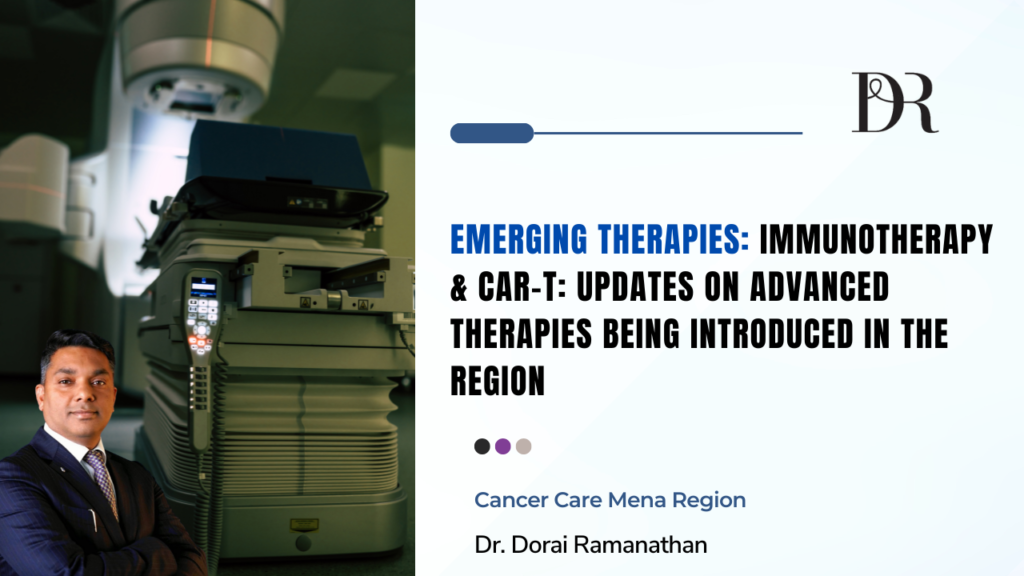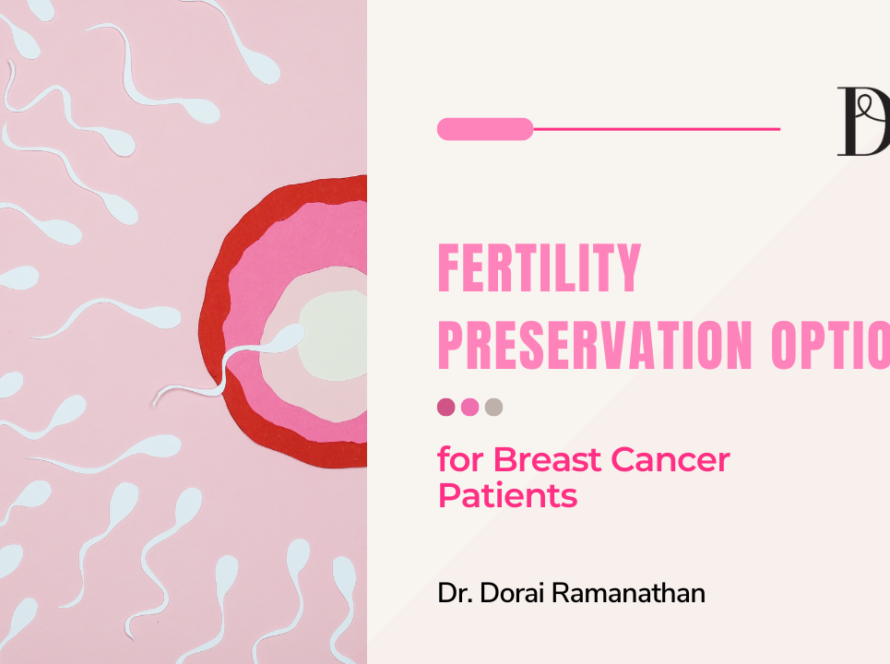
Advanced Cancer Therapies in the Gulf: Precision with Proton and Heavy-Ion Therapy
As the number of cancer cases rises worldwide, hospitals and researchers must find more precise, effective, and patient-focused treatments. In order to respond to this pressing concern, the Gulf is now a leader in oncology, not just using imported state-of-the-art technology, but also purposefully developing advanced cancer care technology.
At the heart of this evolution is the rise of precision radiation oncology, led by cutting-edge therapies such as proton therapy and the increasingly promising heavy-ion therapy. Thanks to these treatments, clinicians now have a better way to precisely destroy cancer cells without harming healthy parts of the body. In pediatrics and for close-to-vital-organ tumors, having this degree of precision is more important, since harm to those areas can affect children’s growth and quality of life.
Although the modern advances in the Gulf involve innovative technologies, they are part of a deeper and forward-looking healthcare shift. These countries—Saudi Arabia, the UAE, and Qatar—are all taking steps to achieve the same standards in medicine as the rest of the world, helping their people and attracting patients from other parts of the world who seek specialized cancer care. As a result, the region is becoming a significant center for medical tourism, sharing medical knowledge and attracting health investments.
Even so, there are many difficulties associated with using advanced therapies. Since the industry has high costs, advanced infrastructure, and skilled workers, special planning and regular financial contributions are important. However, people are answering these problems with strong long-term planning, cooperation with other countries, and an eagerness to connect potential and access.
In this blog, we discuss the different mechanisms, effects on patients, and the rising importance of next-generation radiation methods in the Gulf. We’ll examine how proton and heavy-ion facilities are entering cancer therapy in the region, what they bring to treatment, the ongoing hurdles, and how this will inform the wider world of oncology.
Proton Therapy: Revolutionizing Precision Cancer Treatment in the Gulf
Among the most transformative developments in radiation oncology, Proton Therapy has rapidly become a cornerstone of precision oncology Middle East. Unlike conventional radiation, proton rays deposit the majority of their energy directly at the tumor site, rather than scattering energy along the beam path and affecting healthy tissue in front of the tumor. This highly focused dose delivery allows clinicians to target tumors with exceptional precision, significantly minimizing damage to healthy tissue. Such accuracy is crucial for patients with tumors located near sensitive organs like the brain, heart, spinal cord, or eyes, where even minor harm can have lasting consequences. Furthermore, patients undergoing re-treatment for recurrent cancers derive immense benefit from
Proton Therapy can safely deliver radiation in scenarios where conventional methods might pose excessive risks.
Key Clinical Advantages of Proton Therapy
- Pediatric Cancer: Children are particularly vulnerable to long-term side effects from radiation due to their developing tissues. Proton Therapy significantly reduces exposure to growing tissues, thereby minimizing the risks of growth delays, endocrine dysfunction, and secondary cancers. This highlights the profound benefits of proton therapy for pediatric cancer Gulf patients.
- Cancers in Hard-To-Treat Places: This therapy is highly recommended for challenging cases such as brain tumors, lesions affecting the spinal cord, head and neck cancers, and eye tumors, where accuracy down to a few millimeters is essential. Improved Quality of Life: Patients typically experience less fatigue, a reduced risk of organ complications, and fewer side effects compared to conventional treatments, all of which contribute to a significantly higher quality of life. Demonstrating its commitment to cutting-edge cancer care, the King Faisal Specialist Hospital & Research Centre (KFSH&RC) in Saudi Arabia inaugurated the region’s first KFSH&RC Proton Therapy center. This landmark achievement firmly positions the Gulf as a serious player in the global precision oncology arena. Inspired by this pioneering effort, the UAE and Qatar are actively pursuing similar initiatives, with several state-backed and private-sector projects underway to establish comprehensive Proton Therapy centers in Abu Dhabi and Doha within the coming decade.1 The development of the King Faisal Specialist Hospital proton therapy center marks a significant milestone for the entire region.
Heavy-Ion Therapy: The Next Frontier for Radioresistant Tumors in MENA
While Proton Therapy represents a transformative leap, it may still fall short in effectively treating radioresistant tumors—cancers that do not respond well to conventional radiation or even proton radiation. This group includes challenging malignancies such as sarcomas, pancreatic tumors, and certain head and neck cancers that are notoriously difficult to treat. For these types of cancers, Heavy-Ion Therapy (for example, carbon ion radiation) offers a highly effective alternative.1 Heavy ions exert a more potent effect on cancer cells than protons because they are natural triggers of lethal double-strand DNA breaks that are much harder for the cell to repair, making them particularly effective against more resistant tumors.1 This makes
Heavy-ion therapy is a vital treatment option for radioresistant tumors in the Gulf region.
Why Heavy-Ion Therapy is Crucial for Advanced Cancer Treatment
- Superior Cancer Cell Destruction: Heavy ions are exceptionally effective against hard-to-treat cancers that show limited response to many other radiation treatments.
- Precision with Power: Heavy ions create highly focused cellular damage while minimizing side effects, potentially leading to shorter hospital stays for patients.
- Reduced Treatment Burden: Due to their enhanced effectiveness, patients may require fewer treatment sessions, which significantly eases the physical, emotional, and financial burden of therapy.
Although dedicated facilities for Heavy-Ion Therapy are not yet operational in Gulf countries, their leading institutions are actively collaborating with pioneering medical research centers in Japan, Germany, and the United States. The overarching goal of these collaborations is to prepare the region for future implementation and ultimately establish Gulf-based
Heavy-Ion Therapy centers to enhance the long-term fight against cancer. This proactive approach underscores the region’s commitment to the future of heavy-ion therapy in the UAE and across the MENA region.
Building Regional Capacity: Advancing Cancer Care Technology in the Gulf
The increasing accessibility of advanced cancer therapies in the Gulf is an integral part of a broader, strategic plan to build a robust and future-ready oncology system. This initiative aims to solidify the Gulf’s position in both medical tourism and comprehensive cancer care, aligning with the ambitious visions outlined in national healthcare strategies.
Key Developments in Gulf Cancer Care Technology
- Saudi Arabia: In Saudi Arabia, the King Faisal Specialist Hospital & Research Centre (KFSH&RC) is a primary driver for regional progress through ongoing research, expert clinical practice, and community health promotion. Its
Proton Therapy Center stands as the first of its kind in the Middle East. - United Arab Emirates: Dubai and Abu Dhabi are actively developing Proton Therapy centers, bolstered by strong public-private partnerships and unwavering support from government health authorities.
- Qatar: Under the leadership of Hamad Medical Corporation, Qatar is diligently working to forge regional partnerships and build the necessary infrastructure to advance particle therapy in the future.
These nations are collectively driving a major transformation in the region, as traditional care models evolve to embrace new precision medicine, supported by significant national and international funding and comprehensive training programs.
Navigating Challenges in Advanced Cancer Treatment in MENA
While the energy driving these advancements is undeniable, it is crucial to acknowledge that the implementation of these advanced technologies inherently brings significant challenges. Simultaneously, these very issues present unique opportunities for strategic partnerships, innovative solutions, and forward-thinking development. These are the challenges advanced cancer treatment MENA faces.
Major Hurdles in Implementing Advanced Therapies
- High Capital & Operations Costs: The construction and ongoing operation of these specialized centers demand multi-million dollar investments, intricate shielding, and a dedicated, highly technical team working continuously.1 This directly impacts the cost of proton therapy in Saudi Arabia and other Gulf nations.
- Workforce Gaps: There is a global shortage of highly specialized radiation oncologists, medical physicists, and dosimetrists trained in these newer types of radiation treatments.
- Access & Affordability: Patients within the region often face difficulties in accessing and affording these novel radiation therapies. The financial burden of travel and healthcare bills can be particularly challenging for those with lower incomes.
- Evolving Regulations: Advancing regulatory frameworks are needed to cover critical areas such as reimbursement guidelines and equipment certification, ensuring that innovations are adequately supported.
Despite these formidable problems, the Gulf region is pressing forward. Efforts are underway to address these gaps through:
- Education Training Programs: Collaborating with global organizations to prepare the next generation of oncology specialists.
- AI-Enabled Radiation Planning: Implementing artificial intelligence solutions designed to both alleviate the workload on clinicians and enhance the accuracy of treatments.
- Research Consortia: Regional academic and clinical institutions are uniting to conduct various trials and share data, which helps accelerate progress and support improved patient outcomes.
From Adoption to Innovation: The Future of Precision Oncology in the Gulf
Beyond merely adopting modern international health trends, what truly distinguishes the Gulf is its profound ambition to become a global hub for medical advancements. More regional oncology centers are actively participating in:
- Creating region-specific treatments tailored to the local population’s genetic background.
- Conducting international clinical trials in collaboration with leading research centers in Europe, Asia, and the United States.
- Attracting global experts and researchers in oncology to live, train, and develop new cancer treatments in the Gulf region.
As Dr. Dorai Ramanathan explains, while new tools are undoubtedly important, this transformative movement is fundamentally centered on precision, collaborative teamwork, and a proactive readiness for future healthcare needs.
The Gulf's Commitment to a New Era of Cancer Care
With the region’s first Proton Therapy center already operational, serious planning for Heavy-Ion Therapy well underway, and increasing investments in training, research, and infrastructure, the Gulf is unequivocally poised to lead the next generation of global cancer care.
In essence, the work we do at CancerMENA aligns seamlessly with the profound changes unfolding regionally. We are dedicated to helping more people access these vital therapies, utilizing reliable treatments to support better patient outcomes, and elevating the Gulf as a recognized leader in precision oncology Middle East.1 If you are involved in healthcare—whether as a clinician, policymaker, investor, or patient interested in advanced solutions—you are an integral part of this remarkable transformation.
Visit the oncologist in Dubai to gain deeper insights into Dr. Dorai’s focus, our current projects, and our ongoing efforts to revolutionize cancer therapy across the Middle East.



